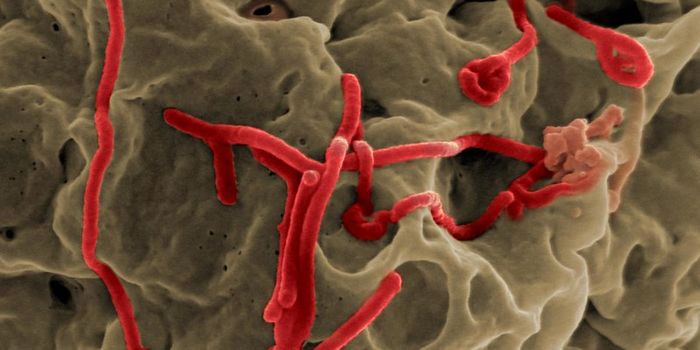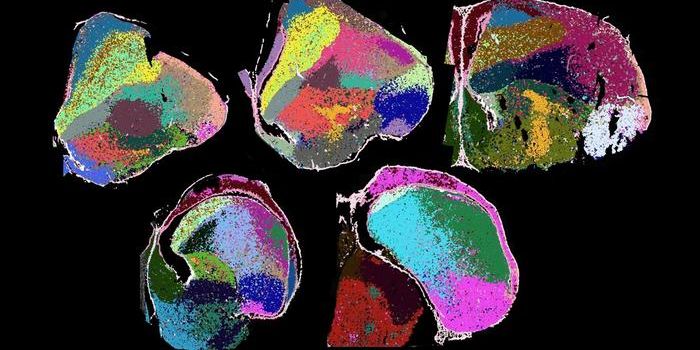Legume consumption may lower risk of liver disease
A study published in the Journal of Human Nutrition and Dietetics explores the association between legume consumption and the risk of non-alcoholic fatty liver disease (NAFLD) within the UK Biobank cohort. Despite extensive research on other dietary components, legumes remain underrepresented in Western nutrition studies. One major reason is their low consumption among Western populations, as indicated by multiple prospective studies, including the French Etude NutriNet-Santé and the multinational PURE study, which reported high proportions of non-consumers or individuals with negligible intakes of legumes.
Globally, legume consumption varies significantly, with European countries displaying the lowest intake rates. According to the Global Dietary Database, over one-third of European nations report an average intake of less than 10 grams per day. This low consumption, coupled with weak or null associations with health outcomes, has contributed to the lack of emphasis on legumes in nutritional research.
The study analyzed data from 124,546 participants, among whom 1,205 were diagnosed with NAFLD. The research focused on the effects of consuming 80 grams per week of legumes in comparison to red and processed meats, poultry, and fish. The hazard ratios (HRs) for NAFLD were slightly reduced when legumes replaced animal-based protein sources. Specifically, when legumes substituted red and processed meats, the HRs ranged from 0.96 to 0.97 across different models. For poultry, HRs ranged from 0.97 to 0.98, while for fish, the estimates hovered around 0.98 to 0.99. These results suggest a small but potentially beneficial effect of increasing legume consumption in place of animal proteins, particularly red and processed meats, in reducing NAFLD risk.
To enhance the robustness of the findings, additional analyses were conducted under altered exclusion criteria. Among individuals with normal alanine aminotransferase (ALT) levels (a marker of liver health), the HRs were 0.96 for red and processed meats, 0.98 for poultry, and 0.98 for fish. Similarly, when the analysis was restricted to individuals with three or more completed 24-hour dietary assessments, the results remained consistent.
While the observed effects were modest, they highlight the importance of legumes as part of a balanced diet. Given the low consumption of legumes in Western populations, public health initiatives promoting legume intake could contribute to better liver health outcomes.








